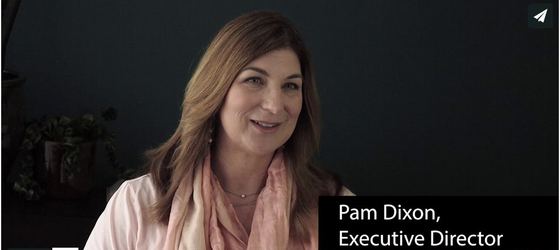Video: A Sensor you can Swallow (CES 2015, interview)
This WPF video shows how current biosensors look and operate when they are in pill form. The pill sensors highlighted in this video are designed to be swallowed so they can then detect and report on a person’s body temperature to devices such as smart phones. This video is part of WPF's High Tech Health series.


